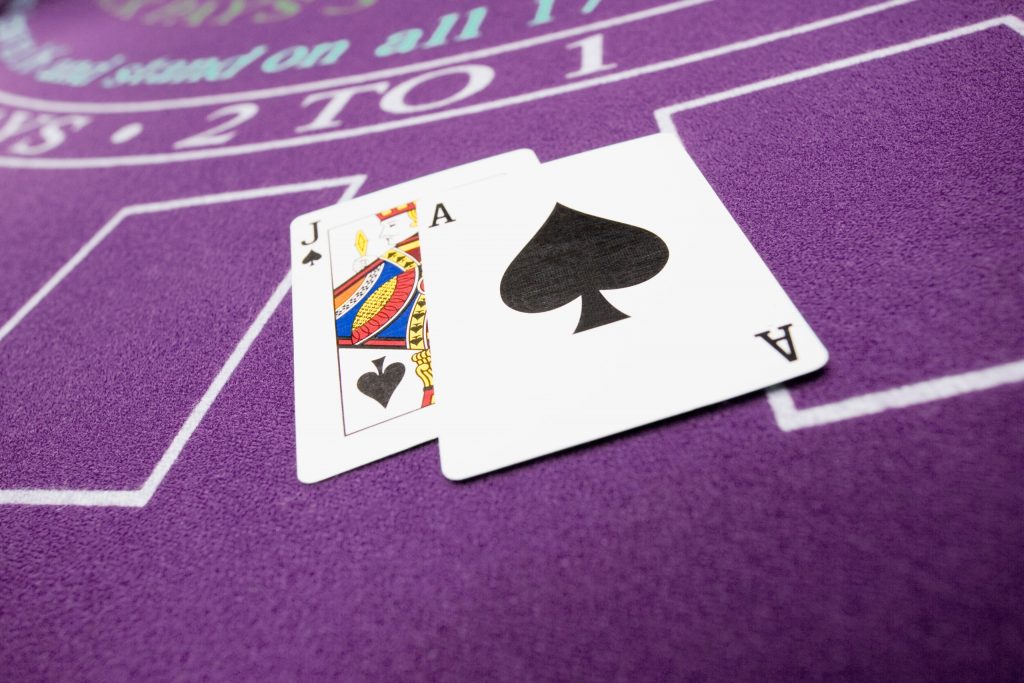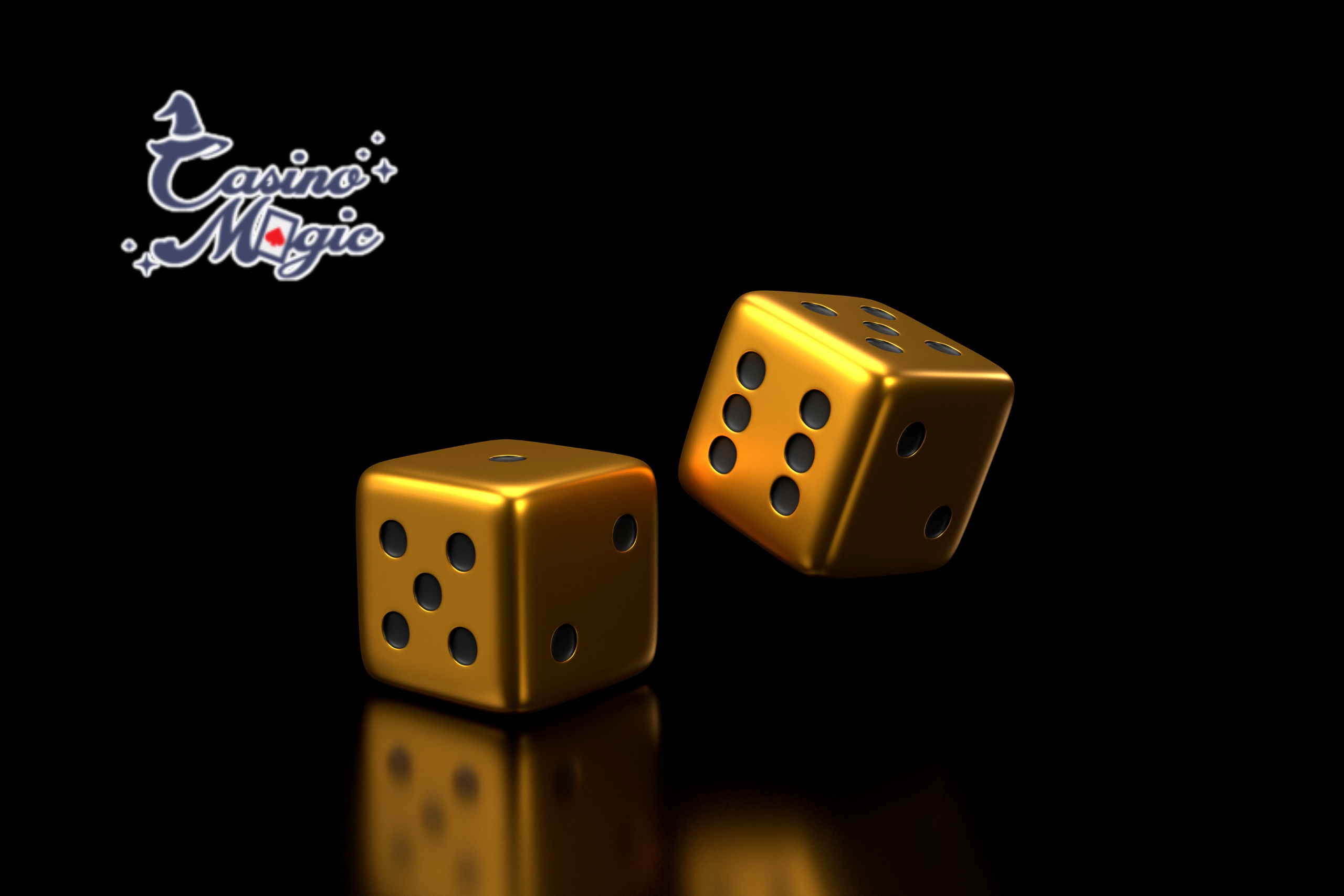Blackjack is a popular casino card game that is played between the player and the dealer. The main objective of the game is to beat the dealer by having a hand value closer to 21 than the dealer’s hand, without going over 21. The game is also known as 21, and the player’s hand can consist of any number of cards as long as their total value does not exceed 21.
Understanding the ブラックジャック ルール (blackjack rules) is crucial for successful gameplay. The game involves various rules regarding the dealing of cards, the values of the cards, and the options available to the player, such as hitting, standing, doubling down, or splitting. Without a clear understanding of these rules, players may struggle to make informed decisions during the game, which can ultimately impact their chances of winning.
In this article, the main themes revolve around the importance of mastering the basic ブラックジャック ルール (blackjack rules) for a successful gaming experience. By providing a comprehensive overview of the game rules and their implications on gameplay, players can enhance their understanding of blackjack and improve their chances of winning.
Card Values and Hand Rankings
In blackjack, the numerical cards (2-10) are worth their face value. For example, a 7 of hearts is worth 7 points, and a 10 of clubs is worth 10 points. Face cards (Jack, Queen, King) are each worth 10 points. So, a Jack of spades, a Queen of diamonds, and a King of hearts are all worth 10 points each.
Aces are special in blackjack because they can be worth either 1 point or 11 points, depending on what is more beneficial for the player’s hand. For example, if a player has an ace and a 5, they could count the ace as 11, making the total value of the hand 16. Or, they could count the ace as 1, making the total value of the hand 6.
When it comes to hand rankings in blackjack, the highest hand is called a “natural” or a “blackjack.” This is when a player is dealt an ace and a 10-point card (10, Jack, Queen, King) as their first two cards. This results in an automatic win for the player, unless the dealer also has a natural, in which case the hand is a push (a tie). After the natural blackjack, the next best hand is a total of 21 points, made up of more than two cards. Any hand that exceeds 21 points is called a bust and automatically loses.
Objective of the Game
In blackjack, the primary objective is for the player to beat the dealer’s hand without going over a total of 21 points. This can be achieved by either having a higher total than the dealer, or by the dealer busting (exceeding 21 points).
Players work towards this objective through strategic decision-making during the game. They must decide whether to hit (take another card) or stand (keep their current hand) based on their total points and the dealer’s visible card. Additionally, players can choose to double down (double their initial bet and take only one more card) or split (separate their initial two cards into two separate hands) in certain situations to potentially improve their chances of winning.
Making these decisions requires careful consideration of the likelihood of busting, the potential for the dealer to bust, and the overall objective of getting as close to 21 points as possible without going over. Skilled players are able to use mathematical probabilities and strategic thinking to make the best decisions for each hand, ultimately working towards the objective of beating the dealer and winning the game.
Game Setup and Dealing Process
In blackjack, the setup and dealing process typically begins with the players placing their bets. The dealer then shuffles the cards and begins by dealing one card face up to each player in a clockwise direction, including themselves. After the initial round of cards, each player receives a second card face up while the dealer receives their second card face down.
The initial hand dealt to each player consists of two cards, which can either be a combination of a numerical card with a value of 2-10, a face card with a value of 10, or an ace which can be counted as 1 or 11. The goal for the player is to have a hand value as close to 21 as possible without exceeding it, while also having a higher hand value than the dealer.
The dealer’s hand consists of one card face up and one card face down, giving them some level of mystery and intrigue to the players. This adds an element of strategy and risk for the players, as they must decide whether to hit (receive another card) or stand (keep their current hand) based on the information available to them.
Overall, the setup and dealing process in blackjack sets the stage for an exciting and strategic game of chance, where players aim to outsmart the dealer and win big.
Player Decisions: Hit, Stand, Double Down, and Split
In blackjack, players have several key decisions to make during their turn. The first decision is to “hit,” which means to take another card from the dealer. Players typically choose to hit when they have a low hand total and want to improve their chances of getting closer to 21 without going over.
The second decision is to “stand,” which means to keep the current hand and end the turn. Players choose to stand when they are satisfied with their hand total and believe it is strong enough to beat the dealer without risking going over 21.
The third decision is to “double down,” which involves doubling the initial bet in exchange for receiving only one more card. Players typically choose to double down when they have a strong hand total and believe that they can beat the dealer with just one additional card.
The final decision is to “split” pairs, which involves separating two cards of the same value into two separate hands and adding an additional bet to play both hands. Players choose to split pairs when they have a pair of cards with a high value and believe they can increase their chances of winning by playing two separate hands.
Players should consider the strategic implications of each decision and make them based on the cards they have been dealt and the dealer’s up card. It is important for players to understand when to use each decision effectively to maximize their chances of winning.
Dealer’s Actions and Rules
In blackjack, the dealer plays a crucial role in determining the outcome of the game for the players. The dealer is required to follow specific rules regarding when to hit or stand, which can significantly impact the final result.
The dealer must follow predetermined rules that dictate their actions. Generally, the dealer is required to hit until they reach a total of 17 or higher. If the dealer’s hand exceeds 21, they bust and all remaining players win. If the dealer’s hand is 17 or higher, they must stand and cannot take any additional cards.
These rules govern the dealer’s play and create a level of predictability for the players. Understanding the dealer’s required actions can help players make strategic decisions about their own hands.
The dealer’s actions directly influence the outcome of the game for the players. If the dealer busts, all remaining players win regardless of their own hand total. Conversely, if the dealer stands with a total closer to 21 than the players’ hands, they will win. The dealer’s decisions can also impact whether players choose to hit, stand, or double down on their own hands.
Overall, the dealer’s adherence to specific rules and their resulting actions are integral to the game of blackjack and play a significant role in determining the success of the players.

Conclusion
Understanding the ブラックジャック ルール is crucial for successful gameplay at the blackjack table. Key insights such as knowing when to hit, stand, double down, or split pairs can greatly improve a player’s chances of winning. Additionally, being familiar with the rules regarding the dealer’s actions and payout ratios is equally important. By applying their knowledge of the blackjack rules, players can make informed decisions and strategize their moves to increase their chances of beating the dealer. It is essential for players to grasp the fundamentals of the ブラックジャック ルール and implement them during gameplay for a more enjoyable and rewarding experience at the casino.

